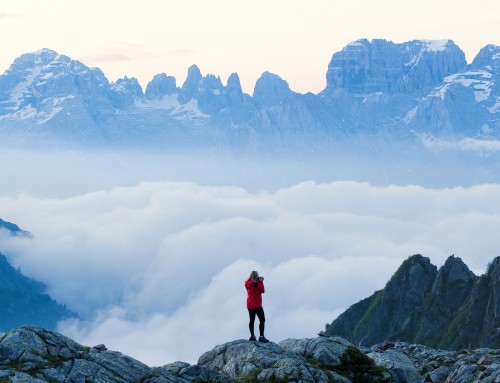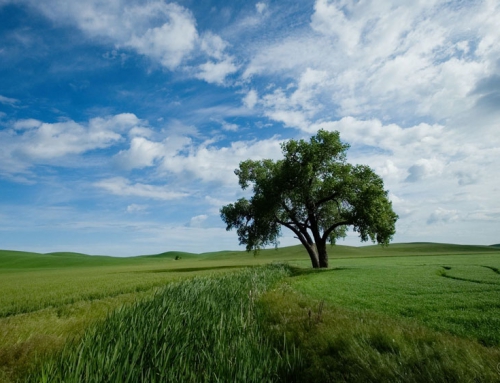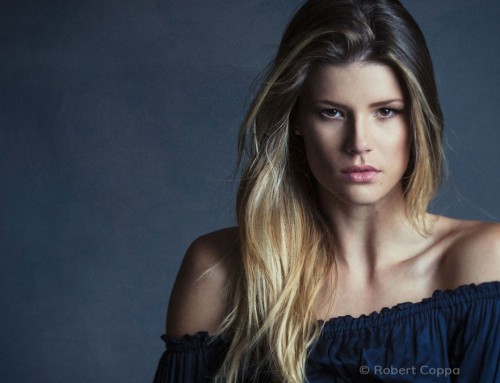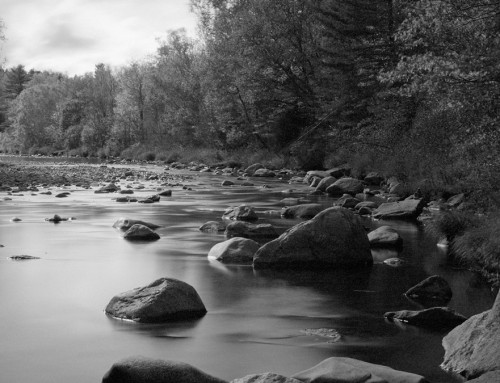Camera profiles control the interpretation of color from the RAW data of particular cameras. This enables the reproduction of colors with real-world accuracy. This video demonstrates how to create and use camera profiles on images using color checker systems.
Photo: Pooja Photography
Transcript
Creating a camera profile
Real-world accurate color can be achieved by calibrating with color checker cards shot under controlled lighting conditions. Color checker cards have precisely produced color swatches that are used to generate a DCP file for those conditions. Our recommendation is to create a dual illuminant DCP file. It’s more of a general purpose DCP, which calibrates the rendering to handle a wider variety of lighting conditions. An added benefit is that it keeps your DCP library tidy because there is no need to have a profile for each type of lighting.
To begin, photograph an xRite Color Checker Passport under two specific lighting conditions. Calibrating with varied lighting conditions allows the software to calculate how to handle colors in other lighting conditions. Use full spectrum, or daylight for one, and the other use Tungsten incandescent light. When shooting the card, make sure all the colors on the chart are properly exposed, especially the bright whites.
Next, convert the images to DNG files. We’ll use Adobe’s Digital Negative Converter tool.
Then use xRite’s color checker software to process the images and generate the camera profile.
Open the Color Checker Passport software, select Dual Illuminant DNG, and drag in the DNG files. Then click Create Profile and export the DCP file.
If you are shooting in a situation where the lighting is always the same, you can create a DCP for those conditions by calibrating with a single shot. The process to create the DCP file is the same except it is only accurate for that specific lighting scenario.
Using camera profiles
To use a camera profile, simply select it in the Basic panel. Assigning this this is one of the most important settings to apply. We recommend to set the camera profile before you do any other work to the photo as it will change the appearance of the image.
The option to choose a camera profile is shown only when editing RAW images. The list shows any DCP files compatible with the camera used to shoot the image.
How to create camera presets
Camera presets automatically apply camera profiles to images from a particular camera. Set them up in the Preferences panel, the Camera Presets tab. The most basic use of this feature is to automatically apply a specific DCP for a particular camera.
Additionally, the DCP files can be set to automatically match the camera model, camera serial number, or even ranges of ISO values. Camera presets can include other adjustments such as Lens Correction, Noise Reduction, or Sharpening. Under Apply the Following, select the Rendering Preset option.
When camera presets are set up, and an image from a particular camera is encountered, Exposure will automatically apply the DCP specified. This is useful when shooting tethered, or copying images from cards, or when you’re browsing unedited images. Also, when you press the Reset button on an image that’s had a camera preset applied, it will not remove the camera profile.
Assigned camera profiles can be removed by selecting the Standard profile option from the menu.












